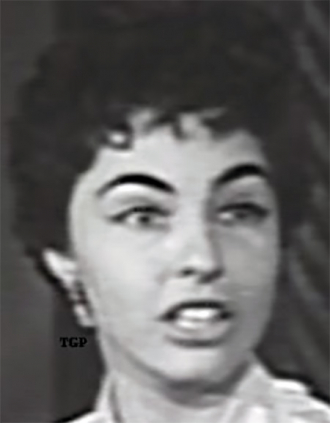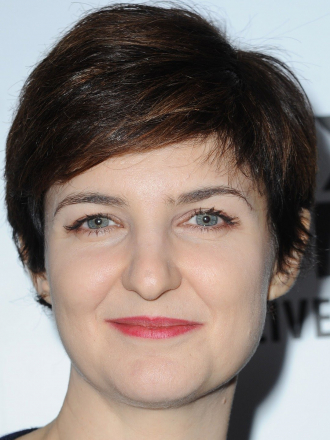Yves Bonnefoy obituary - The Guardian
French poet and essayist who believed in the sacredness of the here and now
By - John Naughton
Sun 31 Jul 2016 12.02 EDT
“I would like to bring together, almost identify, poetry and hope.” So wrote the French poet Yves Bonnefoy, who has died aged 93. Poet, essayist, art and literary critic, translator and editor, Bonnefoy sought throughout to make clear the ground on which this hopefulness was to be built.
Over the course of more than 60 years of writing, he never ceased insisting that happiness and fulfilment were not to be sought in some other world, but rather in the here and now of our earthly condition and in the simple realities that all people share. His poetic project was profoundly spiritual, but it was atheistic. “The really modern act,” he wrote in his 1961 book Rimbaud, “is to want to found a divine life without God.”
Bonnefoy spent his career contesting the way that we tend to replace the reality of things and other people with an image or concept, which deprives us of a more direct and immediate experience he called the experience of “presence”, in which one has a fleeting apprehension of the essential oneness of all being. Supreme poet of the earth, Bonnefoy sought to bring a world smothered by abstraction back to life:
God who are not, put your hand on our shoulder,
Rough-cast our body with the weight of your return,
Finish blending our souls with these stars,
These woods, these bird cries, these shadows and these days.
Give yourself up in us the way fruit tears apart,
Have us disappear in you. Reveal to us
The mysterious meaning in what is merely simple
And would have fallen without fire in words without love.
Born in Tours, in central western France, Yves was the son of Elie Bonnefoy, who worked in a locomotive assembly factory, and Hélène (nee Maury), a nurse and later a school teacher. He felt confined in the provincial city and was delighted to be able to spend the summers of his youth at his maternal grandfather’s house in Toirac in the Lot region, to the south. These moments in an ever-repeated summer created in the young Bonnefoy a lifelong obsession with the idea that the plentiful life, the true life, might exist in the elsewhere.
This tendency needed to be mastered, he knew. In his autobiographical work L’Arrière-pays (The Hinterland, 1972), he showed how his exploration of such painters as Piero della Francesca and Nicolas Poussin helped him achieve this mastery. The latter’s depictions of The Finding of Moses were especially important in this regard, since the child in the painting who has been rescued from the waters by the Pharaoh’s daughter represents the sacredness to be found in the here and now.
Bonnefoy went to occupied Paris in 1944 and was briefly associated with the surrealists and their leading figure, André Breton. By 1947, he broke with them to follow his own path, while continuing to appreciate and make use of the unconscious and various dream states in his work. The publication in 1953 of Bonnefoy’s first major collection of poetry, On the Motion and Immobility of Douve, caused a considerable stir in literary circles and immediately thrust Bonnefoy into a position of prominence. Here was a voice, as the poet Jean Grosjean observed, “to be listened to with the most serious attention”. A mysterious feminine presence, Douve – the word means a “moat” in French – experiences death and resurrection in the poem, and her various metamorphoses are suggestive of poetry’s ever-renewed searching.
Bonnefoy’s first marriage, to Eliane Catoni, ended in divorce. A turning point in his life and poetic career occurred in the early 1960s, when he and the American-born artist Lucy Vines discovered an abandoned monastery in the south-east of France, near Vachères. The couple, who married in 1968, purchased the property and lived there as much as possible, providing Bonnefoy with perhaps the most richly rewarding years of his life, during which he produced many of his most memorable poems.
Bonnefoy was an accomplished translator into French of such poets as Leopardi, Petrarch, Donne, Keats, Yeats, and above all Shakespeare: 10 of the plays, together with the sonnets and the longer poems. He felt that the encounter with Shakespeare “tested” the more abstract and less concrete French idiom, and that his own poetry had been enriched by the challenge. Bonnefoy has himself been translated into 30 languages, including English versions by several translators, including Galway Kinnell, Richard Pevear, Anthony Rudolf, Stephen Romer, Hoyt Rodgers and myself.
Bonnefoy was elected to the Collège de France in 1981, the first poet since Paul Valéry. Often spoken of as a potential Nobel prizewinner, he received many literary awards, doctorates and other honours.
He remained fully active until shortly before his death, responding to the many messages that came to him by dictating replies through Mathilde, the daughter of his second marriage and a film editor who recently shared an Oscar for her work on the documentary film Citizenfour. He loved quoting Yeats’s line from The Municipal Gallery Revisited: “My glory was I had such friends”.
He is survived by Lucy and Mathilde.
Yves Jean Bonnefoy, poet and essayist, born 24 June 1923; died 1 July 2016
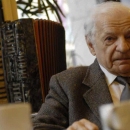
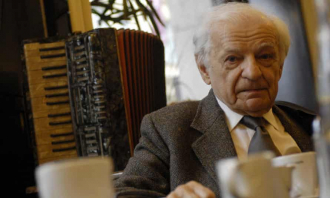
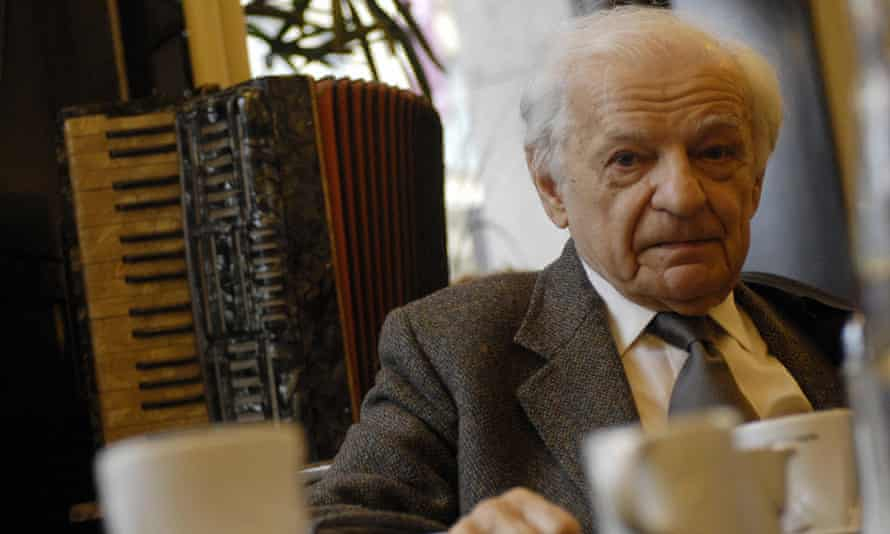
 Kathy Pinna
Kathy Pinna 
